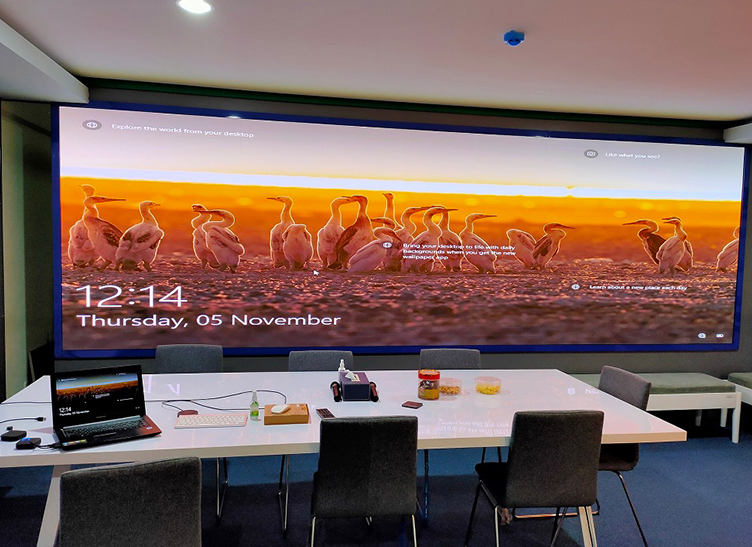The Evolution of Meeting Rooms
Traditionally, meeting rooms have been equipped with basic projectors and whiteboards. However, the increasing need for seamless communication and collaboration has driven the demand for more sophisticated solutions. Enter the smart meeting room, a space designed with cutting-edge technology to facilitate dynamic discussions and decision-making processes.
Key Components of a Smart Meeting Room
-
Professional Displays
- High-Resolution Screens: Ultra-high-definition (UHD) and 4K displays ensure crystal-clear visuals, essential for presentations and video conferences.
- Touchscreen Capabilities: Interactive displays allow users to annotate, manipulate content, and engage more directly with the material.
- Size and Versatility: Available in various sizes to fit different room dimensions and purposes, from huddle spaces to large conference rooms.
-
Integrated Audio Systems
- Clear Audio Output: High-quality speakers ensure that everyone in the room can hear clearly, improving overall communication.
- Advanced Microphones: Built-in microphones with noise-canceling features capture voices accurately, enhancing remote collaboration.
-
Connectivity and Integration
- Wireless Connectivity: Seamless connection with laptops, tablets, and smartphones for easy sharing of content.
- Collaboration Software: Integration with platforms like Microsoft Teams, Zoom, and Google Meet for streamlined meetings.
- Smart Control Systems: Centralized control of lighting, temperature, and display settings via touch panels or voice commands.
-
Interactive Features
- Real-Time Collaboration: Features like digital whiteboards and screen sharing enable participants to collaborate in real-time, regardless of their location.
- Data Analytics: Meeting analytics to track usage, participation, and effectiveness, helping businesses optimize their meeting strategies.


